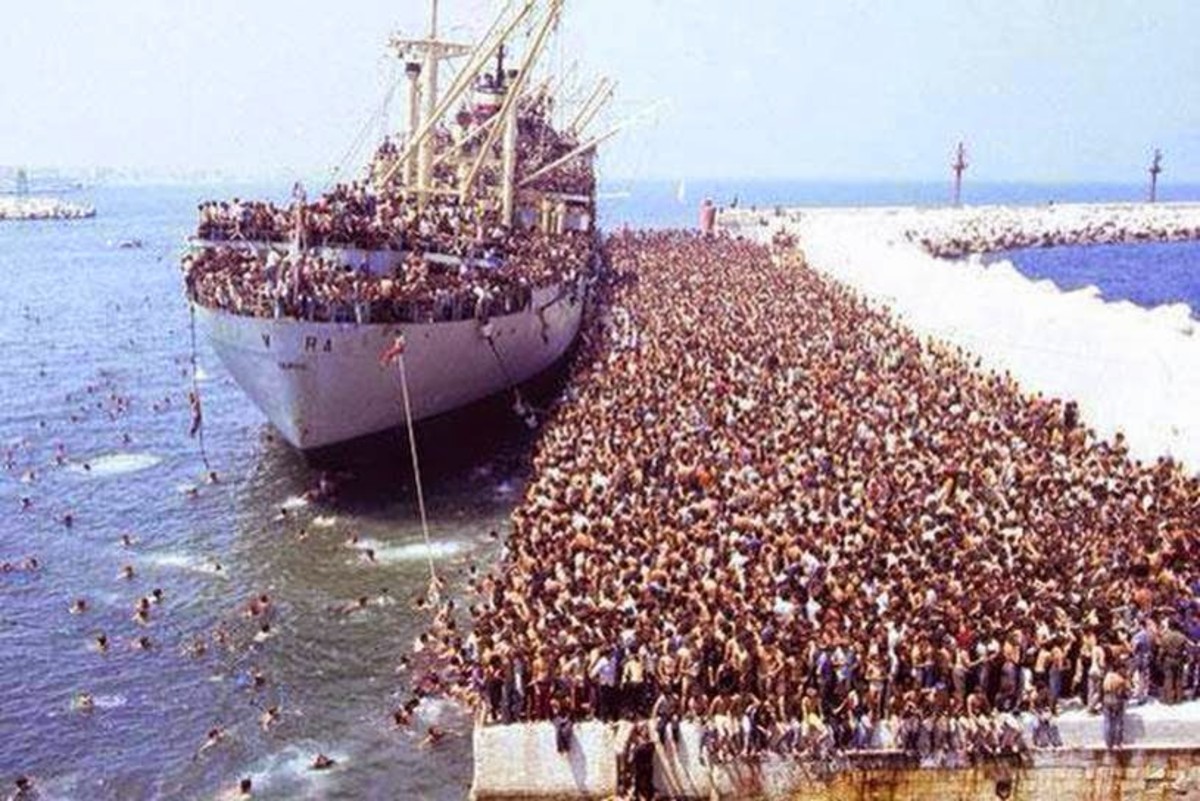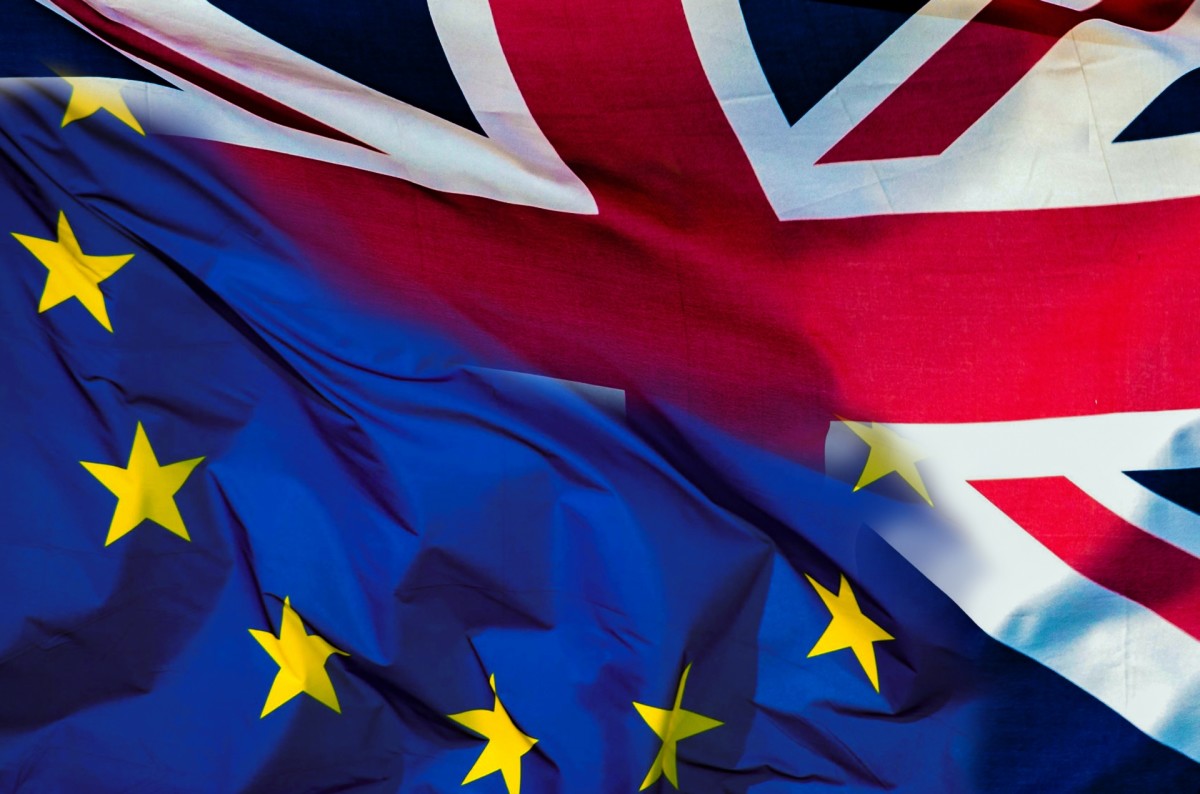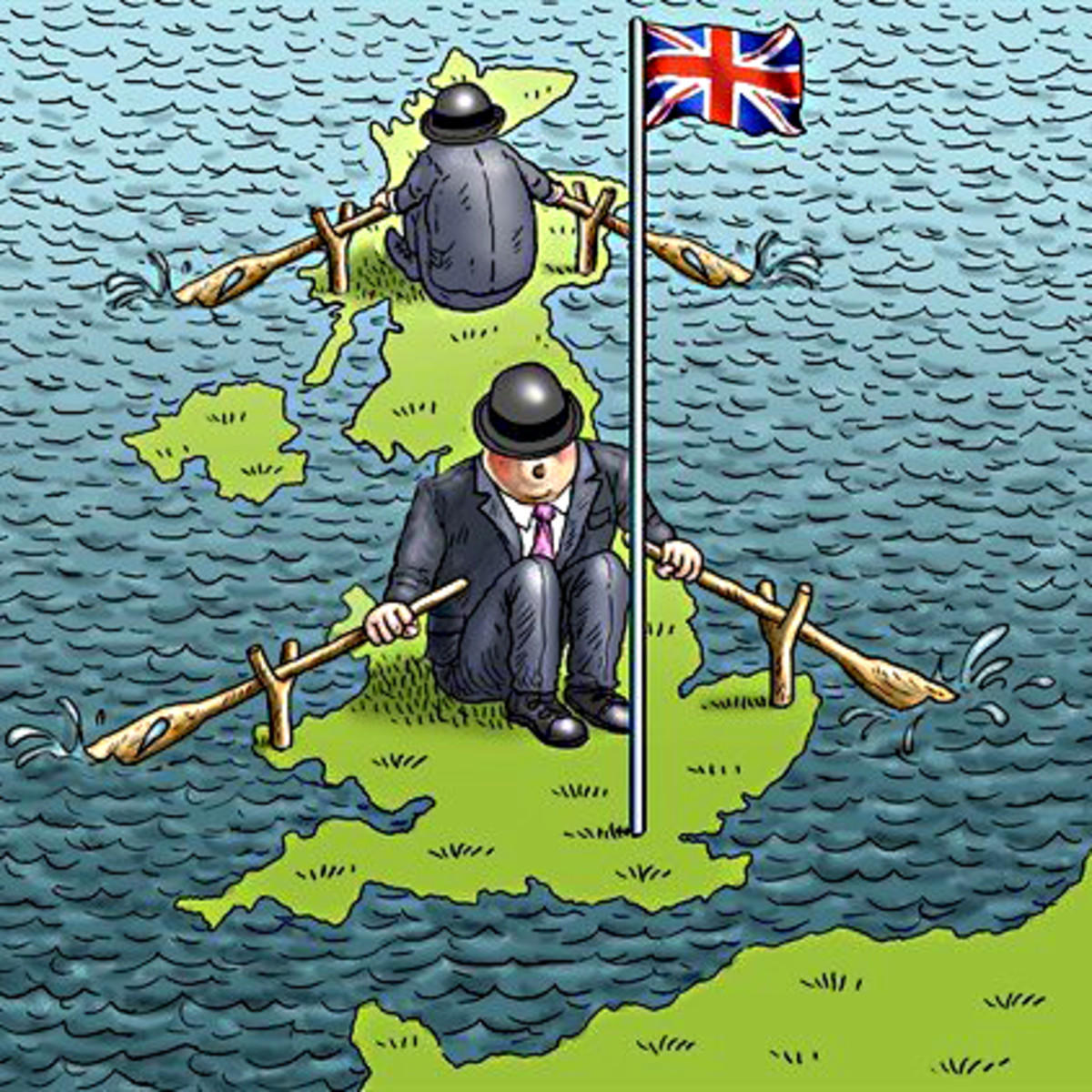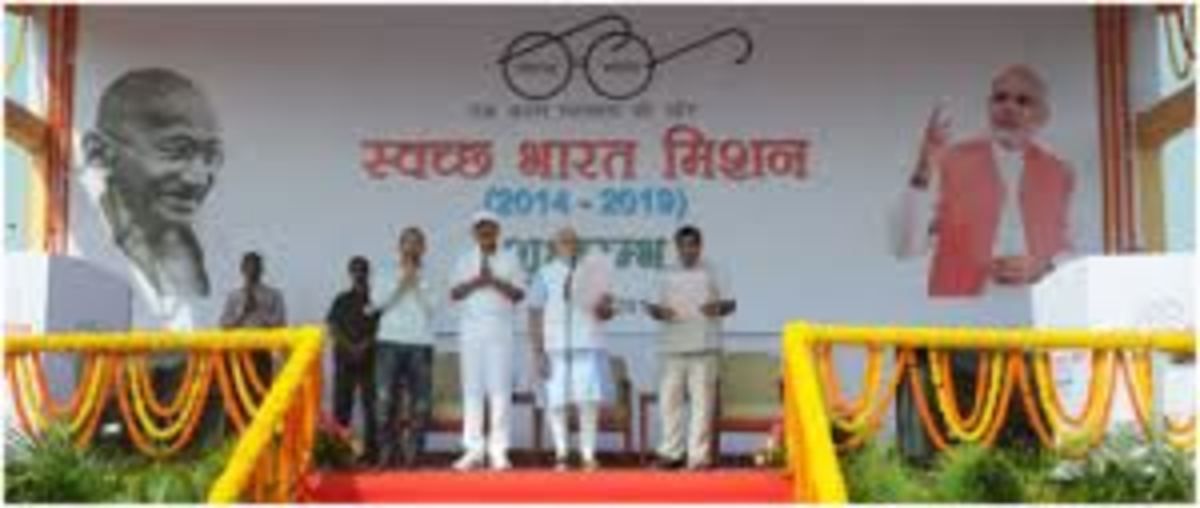Four implementation stages of Single European Market
Four implementation stages include treaty stage, legislation stage, transposition stage and enforcement stage. If any implementation stage fails, then the single market will not really on the ground or in place.
Treaty stage
The EU has developed and expanded along with new members joined in the union by signing treaties. In April 18th of 1951, six European countries such as France, Federal Republic German, Italy, Holland, the kingdom of Belgium and Luxemburg signed the Treaty of Paris to establish the European Coal and Steel Community. In 1973, the United Kingdom, Denmark and Ireland joined the community. In 1981, Greece joined in the community and became the tenth member country. In 1986, Portugal and Spain joined in the European Community. In November 1st of 1993, the European Community was officially renamed the European Union according to the internal and external development requirement. In 1995, Austria, Sweden and Finland joined in the union. In 2002, the Euro replaced the currencies of 12 country members and became the single currency in EU, and the members expand to 17. What’s more, the total EU members reached to 27 in 2007 Obviously, more members and uniform currency could be good thing for EU development. It is also evidence that EU is a truly integrated market.
Legislation Stage
The purpose of establishing integrated legislation in EU is to promote the economic development and protect the benefits of country members. In the single market, the human resource, goods, service and capital can flow freely; however, different legislations relating to the flow of goods and production factors, tariff and market access in different country members will prevent the development of country members because they may have different stipulation on the above aspects. In order to establish an integrated single market, the EU secondly should build a standardized legislation system which is suitable for each member country and guaranteeing the free flow of human resource, goods, service and capital between different member countries. Therefore, the EU is not only an economic union but also a political and legislative integrated one. In the foreign policy, the EU will show up as the representative of all country members and communicate with other countries in global issues and world organizations such as WTO and IMF to protect the benefits of country members.
In 2004, the 25 country members of EU signed the Constitutional Treaty of European Union which is the first constitutional or legislative treaty in EU for further developing the European integration. However, the constitutional treaty was vetoed by French and Holland people. In 2007, the 27 country members reached a consensus to sign the Treaty of Lisbon for political and legislative integration, but it was vetoed by Ireland people in 2008. However, in 2001, the Ireland people pass the Treaty of Lisbon in its referendum, thus the biggest barrier of European integration was removed. In November 3rd of 2009, Czech signed the Treaty of Lisbon, thus all 27 country members agreed with the treaty. From then on, the EU established an integrated legislative system to manage all the country members as a unit. The integrated legislation of EU shows that EU is a truly integrated market.
Transposition Stage
In order to better develop the EU economy and eliminate the barriers of boundary, the EU established the common legislation and make common consensus on putting the EU law into nation laws of the country members. However, the EU must pass the transposition stage and faced a complicated situation at the beginning: firstly, all the county members are all sovereignties who own dependant legislative power, judicial power and executive power; secondly, the differences in legal system between countries are huge due to the different development levels. Besides, the differences not only exist in legislation content but also in legislative technology, legislative source and validity. Thirdly, along with the establishment of EU, many country members have shared the same legislative system by signing the treaty, which is independent from the EU common legislation or constitution. Therefore, there are two kinds of mutual independent and parallel legislative systems.
Consequently, in the transposition stage, the EU must solve many problems in legislation. For example, the country member should decide whether admit or implement all the economic policies in EU; meanwhile, the national legislation may have conflicts with the common EU one. Although in the treaty, all the country members agreed to alienate some legislative rights to EU, the EU does not have the right to change the legislations of country members. Consequently, the only means of solving the problem is to implement some measures to converge the legislations of country members and UN laws. Undoubtedly, the trend of legislation convergence in the transposition stage could become one of the most activities of EU and the basic guarantee of realizing EU economic integration.
Enforcement stage
After the stages of signing treaties, establishing common legislation and making transposition, the EU eventually enters into the stage of observance and enforcement. In this stage, the EU takes measures to realize the implementation of observance and enforcement. What’s more, the EU has implemented a series of integrated economic policies such as common agricultural policy, common transportation policy, competition policy and environmental protection policy and so on.
As for the observance and enforcement measures, the EU makes stipulations in following aspects: firstly, the EU establishes the principle in solving conflicts between member legislations and EU legislation. The European Court advances that the common EU legislation that is suitable for all country members is superior to that of country members. Secondly, the EU establishes the converged legislative procedure of “initial determination” which means that the national court can consult to the EU court to make initial determinations for some disputable issues. Thirdly, the EU has made a series of regulations for avoiding conflicts between country members in legislations. According to the development of single market, the regulations or legislations on internal revenue, competition policy, common agricultural policy, and company law and product responsibility and so on are made to establish an integrated legislative order for EU further economic integration development. (By Cong Zhou)







